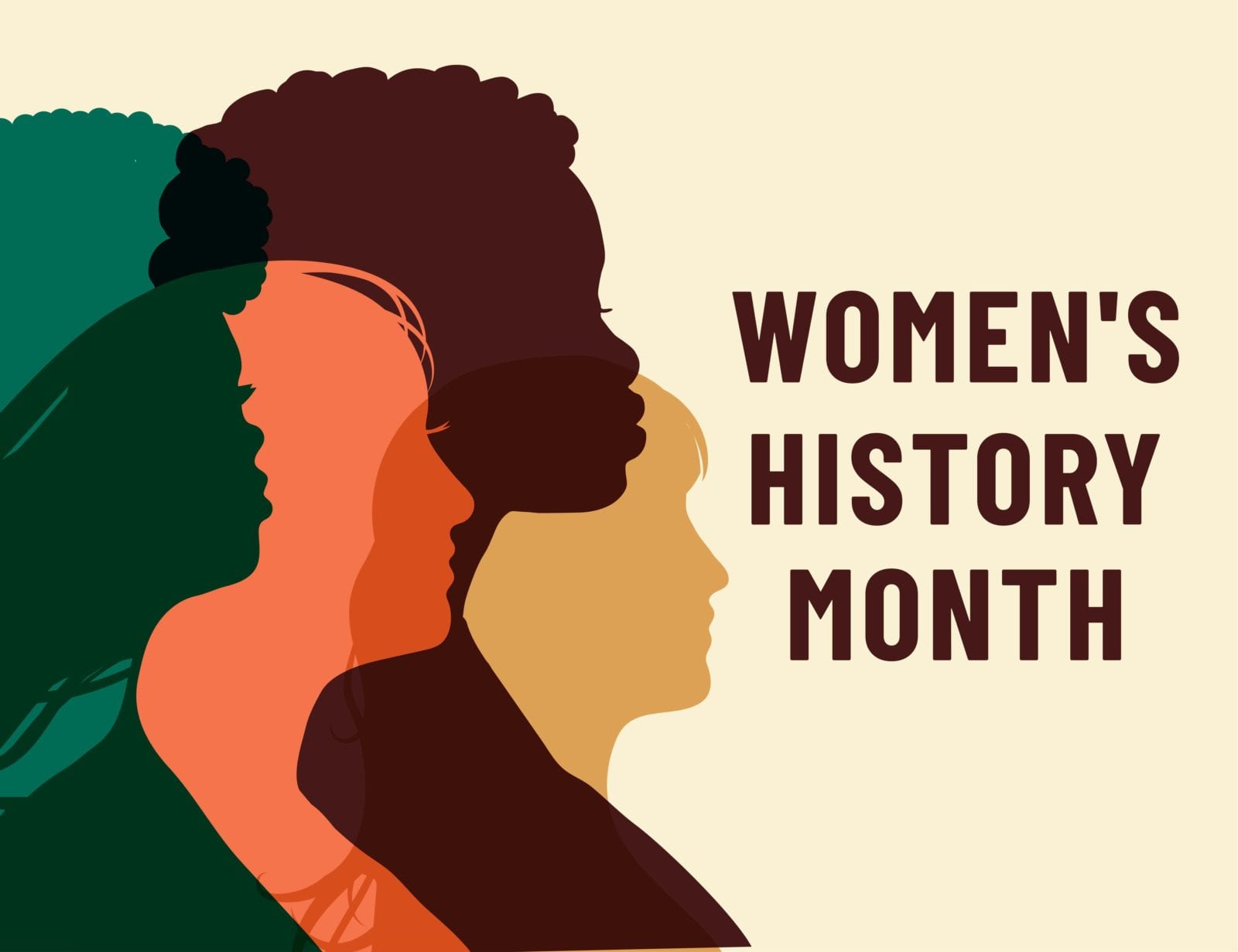
Moments like Women’s History Month, which takes place in March of every year, remind us to elevate and center women’s stories, as well as their contributions and lives. While it’s essential to ensure that lessons are well structured and representative of multiple perspectives throughout the year, we can take a moment in March to truly underscore the importance of women’s history.
The Background of Women’s History Month
Situated in March, Women’s History Month overlaps with International Women’s Day, a holiday on March 8 with a history spanning more than 100 years. In countries across the globe, this important day is marked in a wide variety of ways.
In the United States, the National Women’s History Alliance (NWHA) selects an annual theme for the commemoration. For 2021, the theme is “Valiant Women of the Vote: Refusing to be Silenced.” The NWHA noted that the COVID-19 pandemic had curtailed many events marking the centennial of national women’s suffrage in the U.S the previous year. As such, this year’s theme is a continuation of that observance, ensuring that such an important moment does not pass by without our acknowledgment.
Women’s History Month Topics
If you’re looking for ways to explore important issues related to women’s history in your classroom, there are several different topics you can consider covering with your students.
Women’s Suffrage
In accordance with the theme, you may want to develop lessons centered on the struggle for nationwide women’s suffrage. The Library of Congress hosts a Women’s History Month webpage with educational resources for instructors, including many different teaching tools focused specifically on this topic. Resources created by the Library of Congress are included alongside instructional supports from the National Archives, the National Endowment for the Humanities, the National Gallery of Art, the National Park Service, and the Smithsonian Institution.
Other topics available among these resources include information and lessons centered on the contributions of famous women artists and literary figures as well as how to explore historical places associated with women’s history.
Emphasizing Intersectionality
Many thoughtful lessons in women’s history explore the fact that women’s experiences can vary greatly based on several different factors, including race and ethnicity, national origin, ability, religion, sexuality, and more.
Women’s History Month presents an opportunity to discuss with your students the shared struggles that women across the world and throughout time have faced and overcome. At the same time, you can share how an awareness of our differences facilitates greater support and understanding.
There are many ways to achieve this learning outcome. A recent high school lesson plan created by the Anti-Defamation League explores intersectionality in the women’s suffrage movement.
Integrate Women’s History with Your Standard Curriculum
As we’ve mentioned, while Women’s History Month can serve as a reminder and flashpoint for highlighting concerns that are unique to women’s experiences, a well-balanced curriculum will be sure to prioritize women’s contributions in all units.
A women’s history teaching resource from the BBC highlights women in various academic and social disciplines, including sports, science, and religion.
In March 2020, the Smithsonian Learning Lab published an article called “A Woman’s Place Is in the Curriculum: Teaching Women’s History through American Art and Portraiture.” The piece included three webinars. These educational modules explore women’s activism, the stories of influential women who broke barriers, and issues related to representation and authorship. By leveraging these instructional tools, your students can learn about Dolores Huerta, Lorraine Hansberry, and other inspiring role models. They’ll also develop critical thinking skills as they explore how women’s stories have been misrepresented by others throughout the years.
With educational materials from TCI, you and your students will benefit from an engaging curriculum that elevates learning. Teachers using TCI tools encourage their students to learn from a wide variety of sources. Explore our Current Connections for Free Lessons, Primary Source Activities, Biographies, and more!


